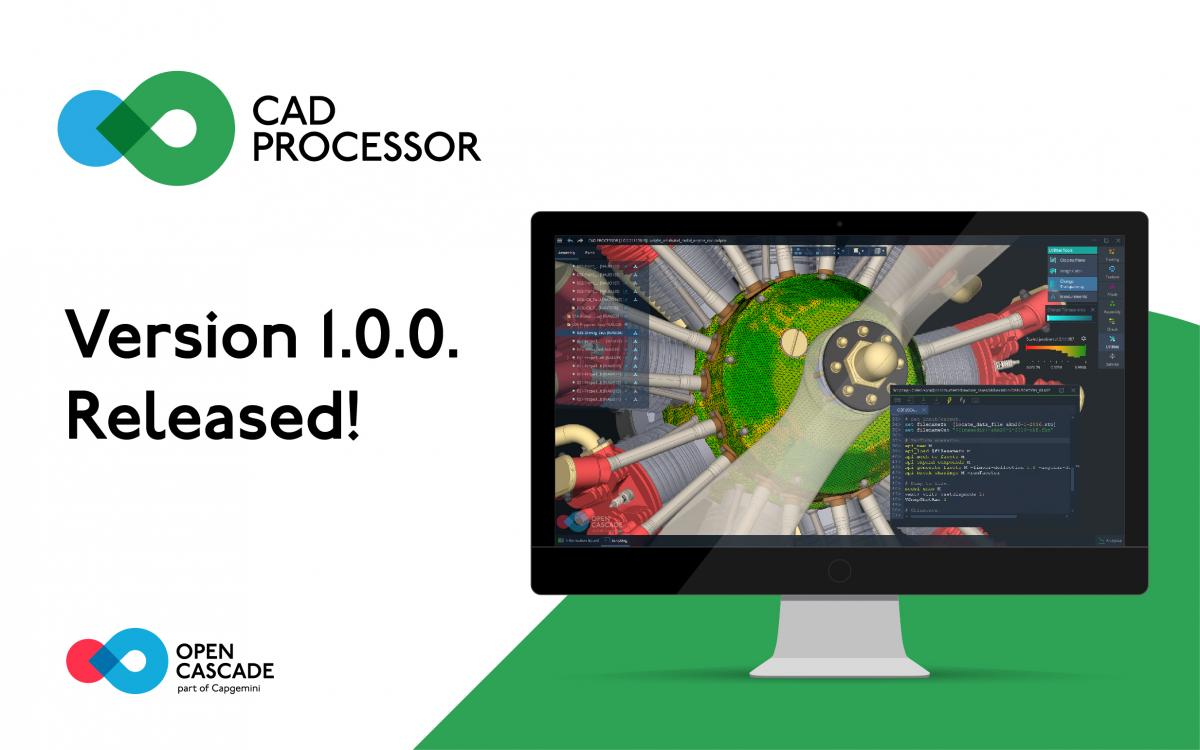CAD PROCESSOR V.1.0.0 RELEASED!
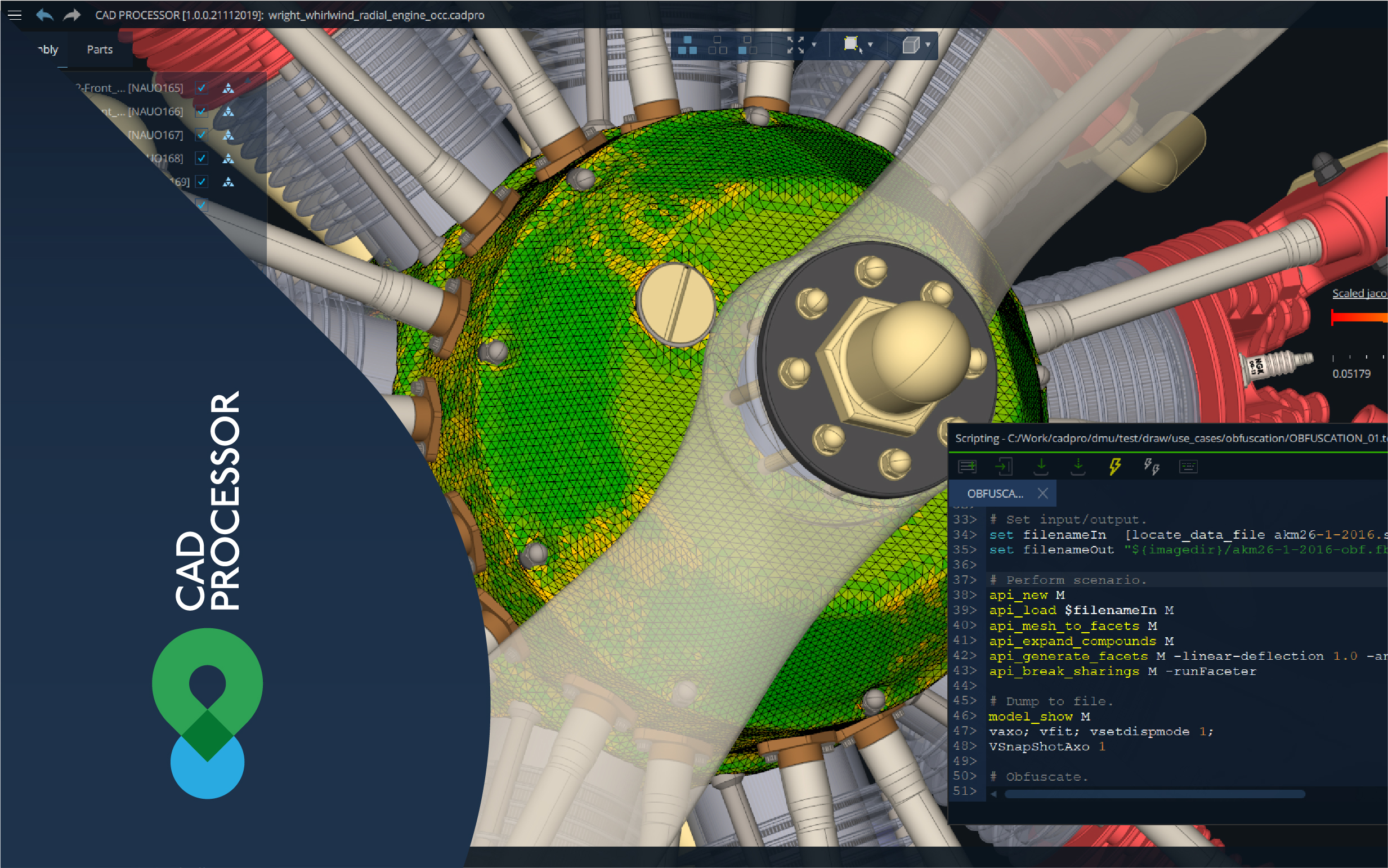
Open Cascade released the newest version of CAD Processor - a powerful software solution allowing preparation and simplification of 3D reference data for dedicated downstream applications. It offers a convenient graphical user interface that is easy to navigate and learn. The CAD Processor product line comprises Desktop, Enterprise and SDK versions to meet different user’s needs.
A number of new features and improvements was implemented for making the solution more powerful and richer in terms of functionality.
Detection and suppression of simple fillet chains
This feature allows for automatic detection and suppression of fillet chains while ensuring the topological consistency of the result. Based on our brand new implementation of Euler operators, the algorithm attempts to adjust the topology of a CAD model and then stitch the affected B-rep faces so that to end up with a watertight geometry. The company now has the first version of the algorithm, which guarantees that CAD models stay consistent upon completion of the operation. The efficiency of the computations behind (no expensive Booleans are employed) and its reliability make the new defeaturing algorithm especially suitable for batch simplification.
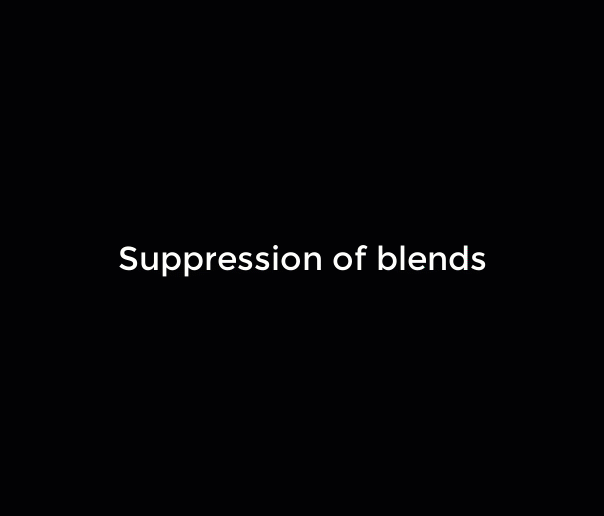
Enhancements in isolated features detector
Another defeaturing tool which is appreciated by our users is the detector of isolated features. With a couple of mouse clicks, this algorithm lets users erase various kinds of irrelevant details from your CAD model, starting from engravings and logos, and ending up with pockets and blind holes. In CAD Processor 1.0, one can now limit the size of the detected features, thus preventing the operation from being too disruptive.

Gap filling and repatching faces
Preparing CAD models for numerical simulation is another challenge that CAD Processor attacks. One of the needs which often arise is the generation of CAE meshes from the exact CAD data. As mesh generation gurus say, “Geometry modeling is to meshing what turbulence modeling is to computational fluid dynamics (CFD).” In particular, missing or narrow faces may lead the mesher to failure or to producing a non-applicable result in terms of quality. CAD Processor strives to release the simulation engineers from being stuck with that sort of problem. Two features from the “Healing” group may contribute to generating a better-quality mesh: gap-filling and repatching.
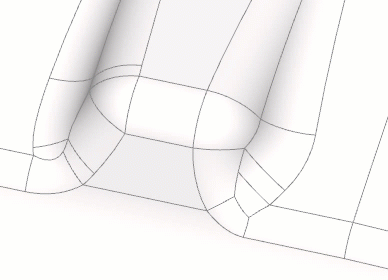
Enhancements in shrink wrapping
Open Cascade state-of-the-art shrink wrapping algorithm got dozens of improvements related to the general efficiency of computations and less critical, though still sweet things such as a more smooth progress indication. The shrink wrapping operation lets users generate watertight simulation-ready unstructured grids from dirty CAD parts and assemblies.

Obfuscation for IP protection
One of the new features available for the users of CAD Processor Enterprise is a visual obfuscation of the digital product’s shape. The new algorithm allows for generating lightweight mockups with distorted geometric dimensions. The obfuscated shapes are not operational for the downstream engineering workflows (i.e., simulation and manufacturing), and hence are perfect for IP protection.
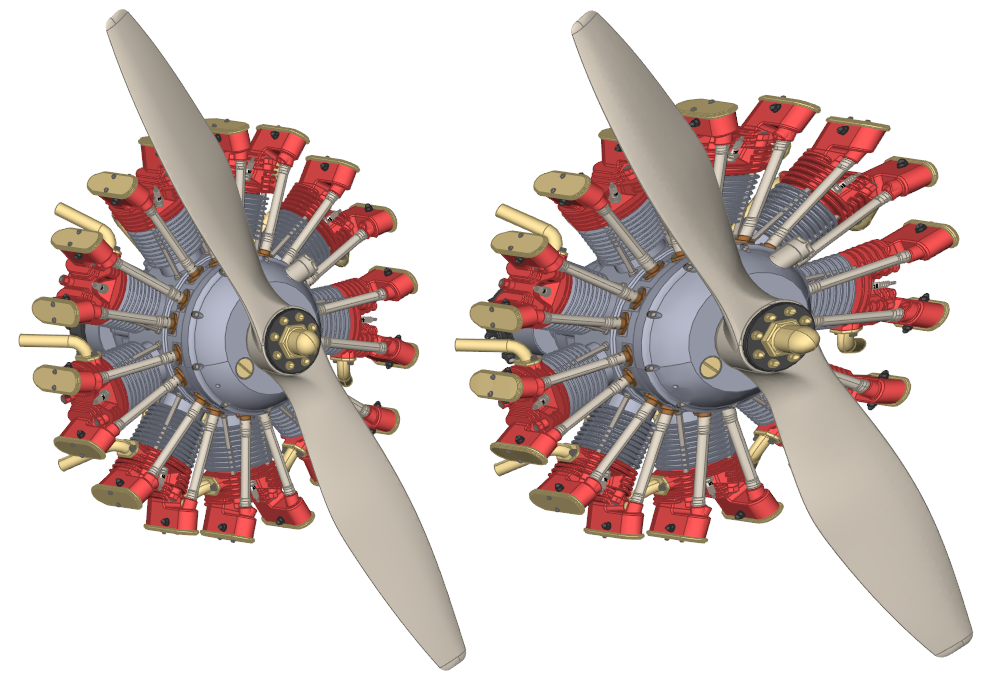
Sample assembly (courtesy of Dave Goetsch via GrabCAD) before and after obfuscation. The obfuscated model is a lightweight 3D object.
Some use cases for the obfuscation feature include generating shape previews for publishing in online catalogs and communicating the protected 3D models to your subcontractors.

Break sharing of assembly components
CAD Processor 1.0.0 got a function to grab a part/subassembly for local modification while not affecting its other occurrences. This feature is complimentary to our tool for the optimization of duplicated geometry. To appreciate the effect of this functionality, one should think of a CAD assembly as a hierarchical graph where each component’s occurrence is expressed as a directed link. Multiple links pointing from one assembly element to another mean that the corresponding part/subassembly is reused (with a different placement). While reusing a single prototype (the term we use to speak of the referenced parts/subassemblies) is a good thing itself, it may have some unexpected implications. E.g., defeaturing a single bolt instantiated ten times affects all ten instances of that bolt even if the user was supposed to touch a single object only. Now, users can break the sharing of a component and this way to isolate it for further modification by sacrificing a small amount of extra memory.

The hierarchical assembly graph composed of two part prototypes (wheel, axle), one subassembly prototype (wheel-axle), and five instances (graph arcs).
Detect bridges in sheet metal
One of the state-of-the-art algorithms available in CAD Processor is its feature-based sheet metal recognition and unfolding. The module allows for processing the conventional sheet metal parts: counting the holes, cutouts, bends; extracting the global sheet properties (perimeter, volume, surface); unfolding with the user-defined K-factor. In CAD Processor 1.0, the set of recognized features is extended with a new type: the bridges.

Fuse parts on combination
It is now possible to combine parts not only logically, but also geometrically. The new context-menu option “Convert to part with fuse” performs a Boolean set operation to generate a single-solid part from the input bodies. This new feature is useful for CAE engineers who are seeking a way to merge geometric domains prior to meshing.
Improve fibers polyhedrization
The algorithm of fibers polyhedrization is a unique feature of CAD Processor aimed at remeshing electricity harnesses to gain better visual quality. The algorithm substitutes the precise model of a tube, wire, or hose with its polygonal representation, ensuring having a regular polygon at a cross-section. Adjusting the coarseness parameters, users obtain different levels of detail, not compromising the spatial correctness of the final representation.
More CAD formats to import and export
CAD Processor can now read the vendor-specific proprietary data formats, such as CATIA V5/V6, NX, PTC, and others. The additional import tools are available as extensions to the basic functionality. Contact us to get more information.
Embedded scripting panel
One of the most breakthrough features we now have in the CAD Processor Enterprise is the embedded scripting console. Users can use it for rapid prototyping, elaborating the simplification recipes and speeding up work on large models.
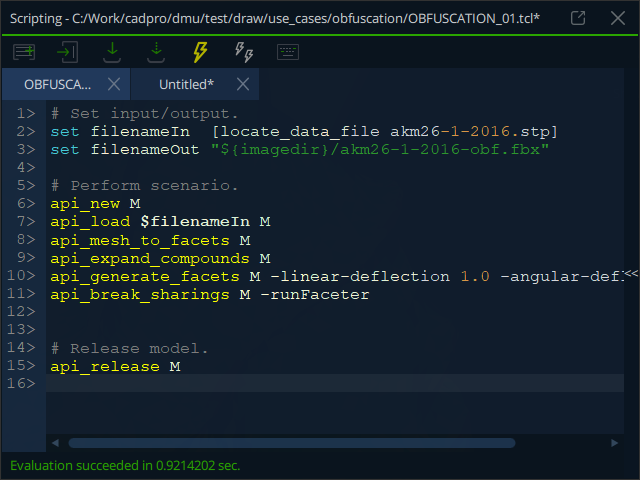
Enhanced visualization of meshes and metrics
The visualization module for meshes and mesh quality metrics was remastered to gain a better performance along with smoother appearance properties. Additionally, the current quality metric can now be selected right from the scalar bar. The scalar bar also got a supplementary histogram to show the distribution of mesh elements w.r.t. quality metric values.
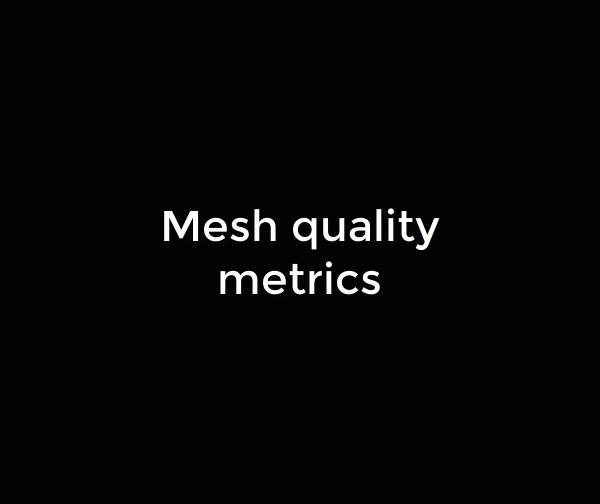
Better oriented bounding volumes
The simplification feature consisting in the substitution of parts with their bounding volumes is improved to yield better-oriented shapes.

Usability improvements
Together with the key features outlined above, CAD Processor was slightly enhanced to improve the overall user experience. In particular, the following changes found their way to the Desktop and Enterprise versions of CAD Processor:
- The documentation can now be opened by pressing <F1> key;
- The faces with flipped orientation can now be easily tracked thanks to the enabled backface coloring (red color is used). If you’re not that concerned with the validity of your faces, you’re still free to turn off the backface coloring in the settings;
- A more responsive progress indication is now available;
- From now on, the clipping planes can be aligned not only with the main projection views but with any planar face selected by the user interactively;
- Rubber-band selection is now available. Use <Alt> key to activate it, and be aware that selection works differently depending on how you move the mouse pointer (from the top-left corner or from the bottom-right corner.)
Learn more details about CAD Processor on its product page.

